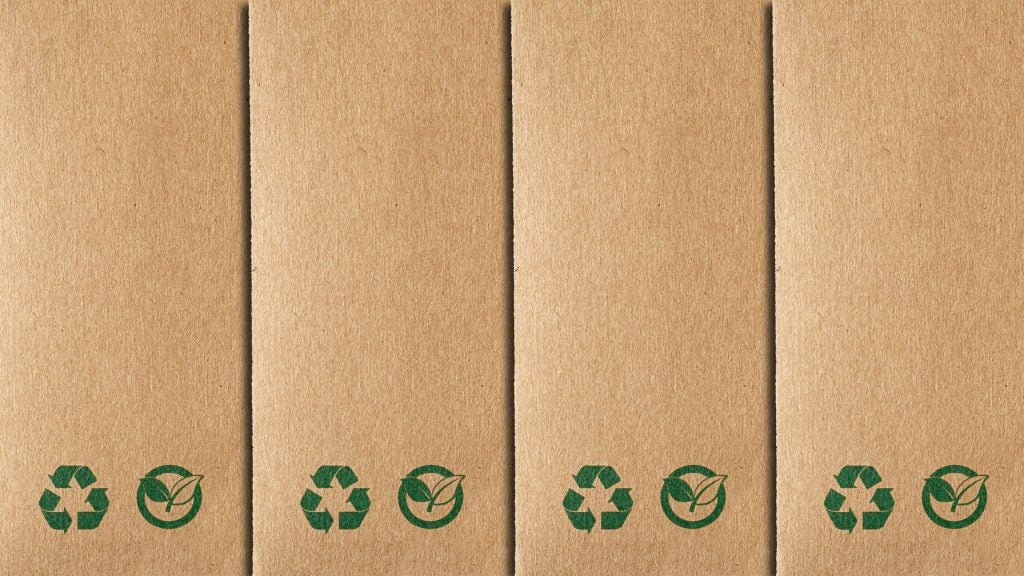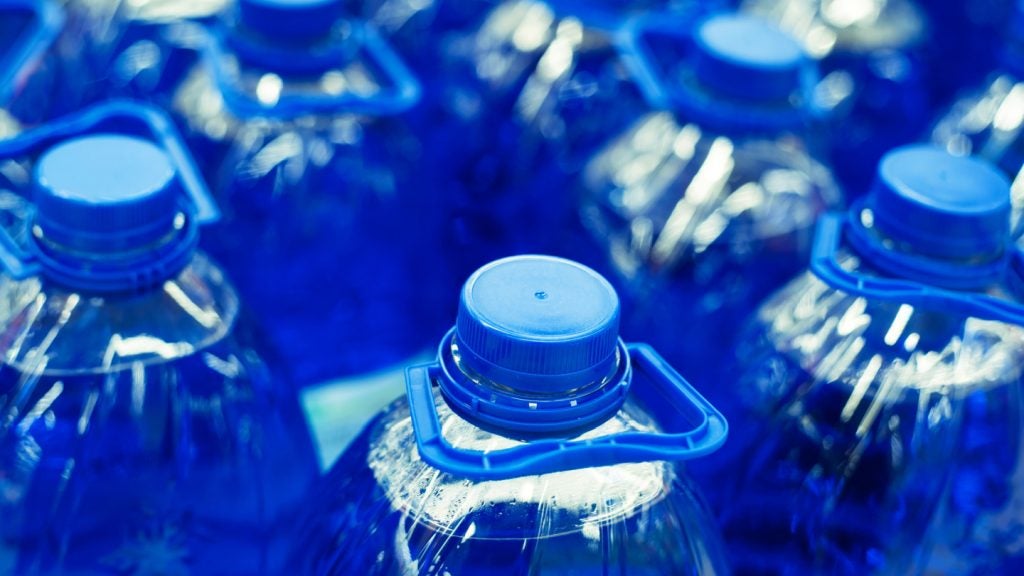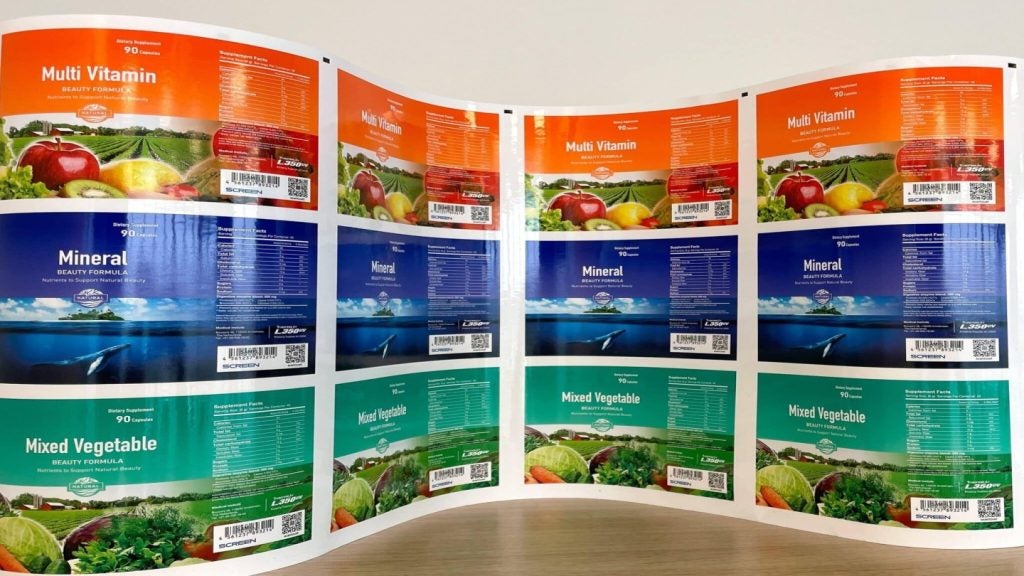The US Food and Drug Administration (FDA) has spent much of the last three years looking into the dangers of counterfeit drugs entering the global pharmaceutical supply chain. In making its final report at the end of 2004, the FDA’s priority was to reassure the public that fake drugs were not widespread in the manufacturing and distribution network for legal pharmaceuticals in the USA.
While these findings appear to assuage some fears, the fact that the FDA was focusing resources on preparing its Combating Counterfeit Drug report is itself evidence that – in terms of public perception if nothing else – there is a problem and it is getting worse.
In fact, the report acknowledged that although the level of regulatory oversight and cooperation between manufacturers, distributors and pharmacies had so far been sufficient, there had nevertheless been a rise in the number, and level of sophistication, of counterfeiting operations trying to push fake products onto the market.
The report states that, ‘FDA counterfeit drug investigations have increased to over 20 per year since 2000, after averaging only five per year through the late 1990s. Increasingly, these investigations have involved well-organised criminal operations, which seek to introduce finished drug products that may closely resemble legitimate drugs. The danger is that these fake products may contain only inactive ingredients, incorrect ingredients, improper dosages, sub-potent or super-potent ingredients, or be contaminated.
‘Thus, drug counterfeiting poses real public health and safety concerns, and may pose an even greater threat in the future if we fail to take preventative measures now. As counterfeiters continue to seek out new technologies to make deceptive products and introduce them into legitimate commerce, our systems for protecting patients must respond effectively.’
See Also:
Such action may have to come sooner rather than later, if some estimates of the amounts of counterfeit drugs in circulation are to be believed. Some have put the levels at 15 per cent of the total quantity of drugs sold, though the FDA believes this is an exaggeration. Other reports have recently suggested that over half of the prescribed anti-malarial drugs may be counterfeit.
How well do you really know your competitors?
Access the most comprehensive Company Profiles on the market, powered by GlobalData. Save hours of research. Gain competitive edge.

Thank you!
Your download email will arrive shortly
Not ready to buy yet? Download a free sample
We are confident about the unique quality of our Company Profiles. However, we want you to make the most beneficial decision for your business, so we offer a free sample that you can download by submitting the below form
By GlobalDataThe consequences of taking fake drugs can be grave and there are all too many reports of damage to health or death. The lure for counterfeiters is a slice of a very profitable business. The World Health Organisation (WHO) estimates that counterfeit pharmaceuticals industry is worth around $35bn a year.
Popular drugs with large potential markets are the obvious target for counterfeiters. As a result much of the activity centres on drugs for erectile dysfunction, hypertension, asthma, diarrhoea, pain relief, cholesterol reduction, obesity and vitamin supplements. Recent discoveries in Africa of fake anti-retroviral treatments also show that counterfeiters are targeting the market for drugs used in the treatment of HIV/AIDS.
‘In recent years, we have seen a significant increase in counterfeit activities for drugs that are sold in high volume, and are high in cost,’ said Lester M Crawford, the FDA’s acting commissioner of food and drugs, in a speech earlier this year. ‘These counterfeits look deceptively authentic. We believe the increase can be attributed to well-funded counterfeiting networks and sophisticated technologies for copying drugs.’
In the USA, New York Senator Charles Schumer, who has co-sponsored a bill that would tighten controls on the pharmaceutical supply chain and make life more difficult for counterfeiters, recently warned the public that even a tiny percentage of fake medicine in the general supply would be very dangerous.
The availability of drugs over the internet is seen by some as a major contributor to the increase in circulation of fake drugs in some countries. The UK’s Medicines and Healthcare Products Regulatory Agency (MHRA), for instance, which is currently carrying out 15 investigations into counterfeiting, believes online purchases of lifestyle drugs to treat conditions like impotence or obesity are fuelling the influx of fake medication.
In July, the MHRA had to act with Pfizer in the recall of a batch number 004405K1 of the prescription-only anti-cholesterol drug Lipitor, which had been identified as containing fake product. The UK authorities were alerted through intelligence from customs officers in Rotterdam, Holland. This was the third time in the last two years that counterfeit drugs have been discovered in the UK supply chain.
Plugging the holes
In Europe, some see the fragmented structure of the pharmaceutical supply chain as a major problem. Drugs manufactured in one state can be sold in another under parallel trading agreements, which allow third parties to repackage products in order to insert patient information leaflets in the languages appropriate to the market where it is to be sold.
No one believes that parallel trading is widely abused, and strict guidelines govern the over-labelling and repackaging procedures that take place. In fact, there have been no confirmed cases in the UK of counterfeit drugs reaching a patient as a result of parallel trading.
Nevertheless, it is clear that such arrangements do present a loophole through which fake product could be sold in place of the genuine article. The facts show that no matter where you are in the world – be it the USA, Europe or sub-Saharan Africa – counterfeit drugs are close at hand and lives are at risk.
Fighting back
Moves to plug these gaps in the regulatory structure, like those proposed in the USA by Senator Schumer, represent one line of defence for the pharma industry. However, advanced technology can open up a second front in this war on counterfeit drugs.
In preparing its report into counterfeit drugs in 2004, the FDA examined a number of strategies and solutions that might limit the opportunities counterfeiters have to penetrate the supply chain of legal drugs. The report concludes that, ‘Because the capabilities of counterfeiters continue to evolve rapidly, there is no single magic-bullet technology that provides any long-term assurance of drug security.
‘However, a combination of rapidly improving track-and-trace and product-authentication technologies should provide a much greater level of security for drug products in the years ahead. Similar anti-counterfeiting technologies are being used in other industries, and the FDA intends to facilitate their rapid development and use, to keep drugs secure against counterfeits.’
Previously, the quality of packaging was a good guide to the authenticity of a drug. Reproducing complex security features incorporated into packaging, such as a holographic image, would once have been beyond the skill of counterfeiters, but not any more.
This means the industry must take the next step in sophistication. Among the technologies currently under review is radio frequency identification (RFID) tagging, which the FDA believes is fundamental to the future integrity of the pharmaceutical supply chain.
‘RFID is the cornerstone technology in the fight against counterfeit drugs because of its ability to track, trace and authenticate packages of drugs, says Crawford. ‘Using state-of-the-art electronic technology on every product, RFID allows the creation of an electronic pedigree from the point of manufacture to the point of dispensing.’
This pedigree is a detailed and complete record of the places the drug has been during manufacture, storage and transport, and of who has had access to it. Currently, Novartis is among the small number of companies implementing RFID technology, though the FDA expects much wider adoption across the industry through 2007.
The rate of adoption, however, will depend to some extent on the further refinement of the technology, which needs to be more cost-effective in order to become standard. The growing awareness of track-and-trace technology would seem to indicate that solution developers are aware of this, and see an opportunity for themselves in the market.
Just recently, FFF Enterprises launched the first electronic pedigree system for the US biopharmaceuticals market, and more companies are queuing up to provide solutions in this sector. More competition is likely to push the price of solutions down, so access to practical drug-tracking and pedigree solutions will, over time, grow to meet the market’s appetite for them.
While it may be true that the pharma- ceutical industry and the authorities that regulate the market do not want to overstate the presence of fake drugs in the market, causing alarm and reputational damage to brands, these same bodies place patient safety at the heart of their agendas. Work by early adopters of solutions like RFID will be pivotal in encouraging uptake throughout the industry.
When, in 2003, authorities in India first spoke of plans to introduce the death penalty for those found making or selling counterfeit medicines, the international pharma industry and the world in general felt that this was taking things too far. However, the fact remains that if fake pharmaceuticals continue to penetrate the market for legal drugs, then lives will certainly be lost.
Only a concerted effort by government regulators, major pharmaceutical companies, enforcement agencies, technology developers and the general public can stop this problem in its tracks, and all parties seem eager for action.







